Key Takeaways:
- Bangladesh’s textile industry, employing 4.5 million people and responsible for 84% of the nation’s exports, is strategically integrating automation technologies like laser cutting and digital patterning into its manufacturing processes. This evolution aims to enhance efficiency and meet global brand demands for improved traceability and ethical supply chains.
- While full automation in garment assembly remains a challenge, significant progress is evident with over 25% of garment workers in Bangladesh already encountering some form of automation by 2022. Companies like DBL Group are implementing integrated digital systems, suggesting a move towards augmenting human capabilities rather than complete replacement.
- Global brands such as H&M, VF Corporation, Inditex, and Lululemon are actively influencing this transition by setting higher ethical and transparency standards and supporting factory-level improvements through training and compliance programs. This collaboration is crucial to ensure the benefits of automation extend across the entire ecosystem.
- Bangladesh’s substantial workforce, with significant untapped human capital, positions it as a key location to observe how automation can be effectively scaled in the Global South. Initiatives by the BGMEA, including partnerships for worker education, signal a commitment to responsible advancement within the industry.
When most people think of automation in textiles, they might picture startups in the US or Europe training AI-powered ‘sew-bots’ in futuristic tech labs, rather than factory floors in Bangladesh. But Bangladesh’s manufacturing industry has undergone a quiet and deliberate shift in recent years.
From laser cutting and digital patterning to robotic fabric handling, automation has moved from proof-of-concept to part of the operating model for a growing number of Bangladeshi manufacturers. In a country where 4.5 million people are employed in manufacturing, and 84% of exports tied to textiles, this move is fundamentally changing the reality of working life.
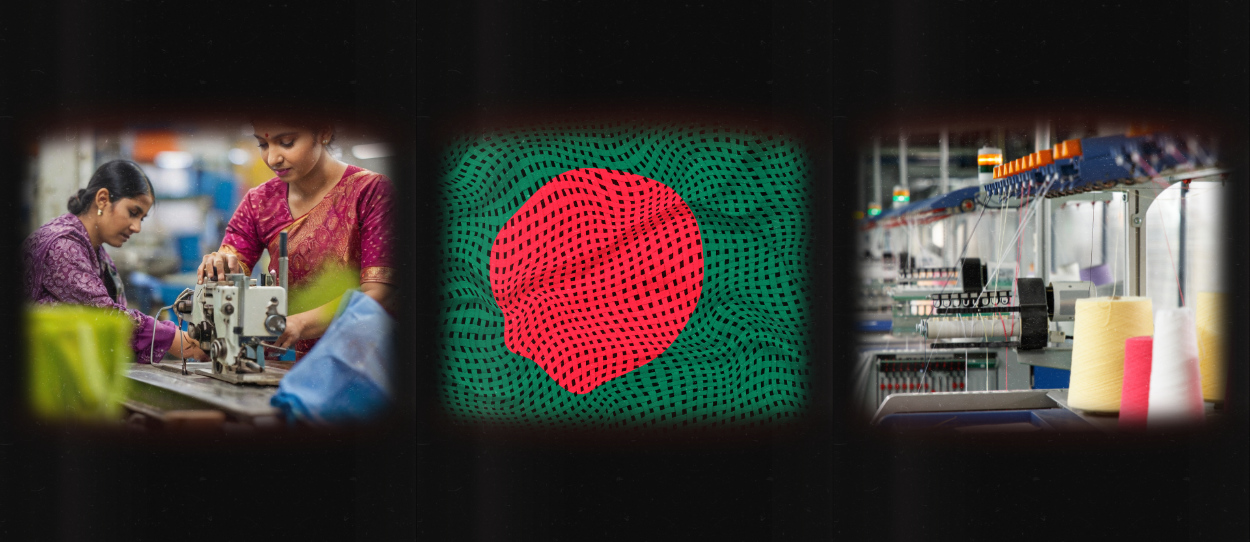
It is also impacting the global brands that source from Bangladesh, brands which are under increasing pressure to not just improve traceability, speed, and resilience, but to improve transparency regarding supply chains, ethical safeguards, and what is made where and by who.
The factories of Bangladesh aren’t fully autonomous yet. After all, garment assembly is a complex process, especially for fashion-grade apparel, and there hasn’t been a ‘sewbot’ designed yet that can do what a human can do – at least not at scale. But many of the building blocks of Industry 4.0 are already in place.
DBL Group is now running integrated digital systems that link inventory planning, cutting, and quality assurance, while workers on the floor operate CAD-assisted cutting tables, oversee automated fabric spreaders, and interact with machine vision systems for quality control.
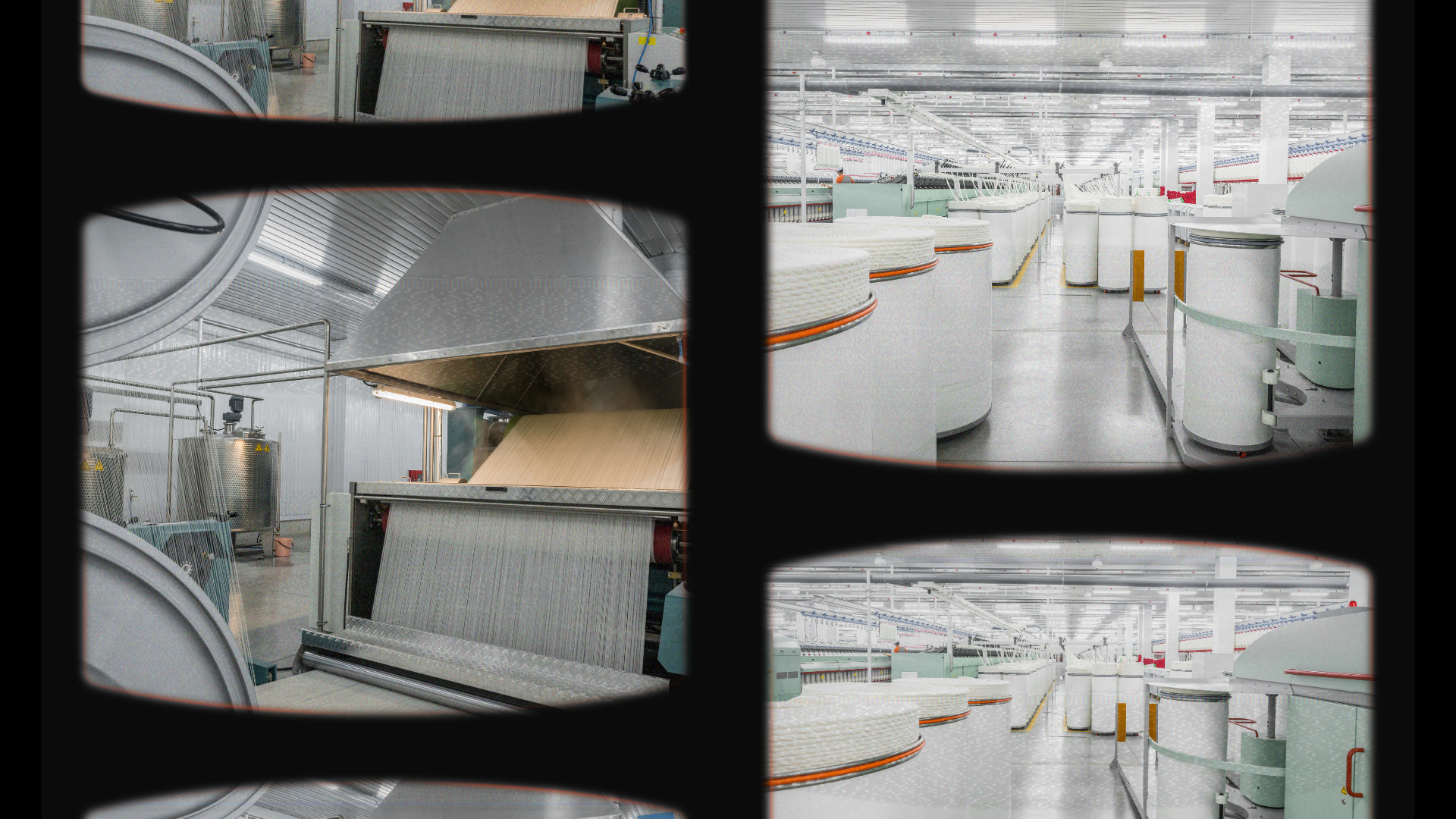
More broadly, over 25% of garment workers in Bangladesh said in 2022 that they had already encountered automation in some form, whether through machine-assisted processes or digital tools. That number is expected to rise as costs fall and digital infrastructure improves.
Initiatives like this demonstrate that automation is being layered into existing operations, rather than replacing them outright. Bangladesh’s transformation has been less of a revolution, and more of a reconfiguration, helped by the new government led by Nobel Prize laureate Muhammad Yunus who is directly appealing to new buyers.
And what buyers want out of this new paradigm is three-fold. First, end-to-end visibility over ESG standards across the entire manufacturing process. Second, improved responsiveness to demand signals and a shortening of lead times. And finally, can suppliers scale responsibly without creating a digital divide between top tier factories and the long tail of smaller producers.
Early signs on all three counts are promising. Automation has already started to enable better order management, tighter inventory control, and safer, more ergonomic working conditions.
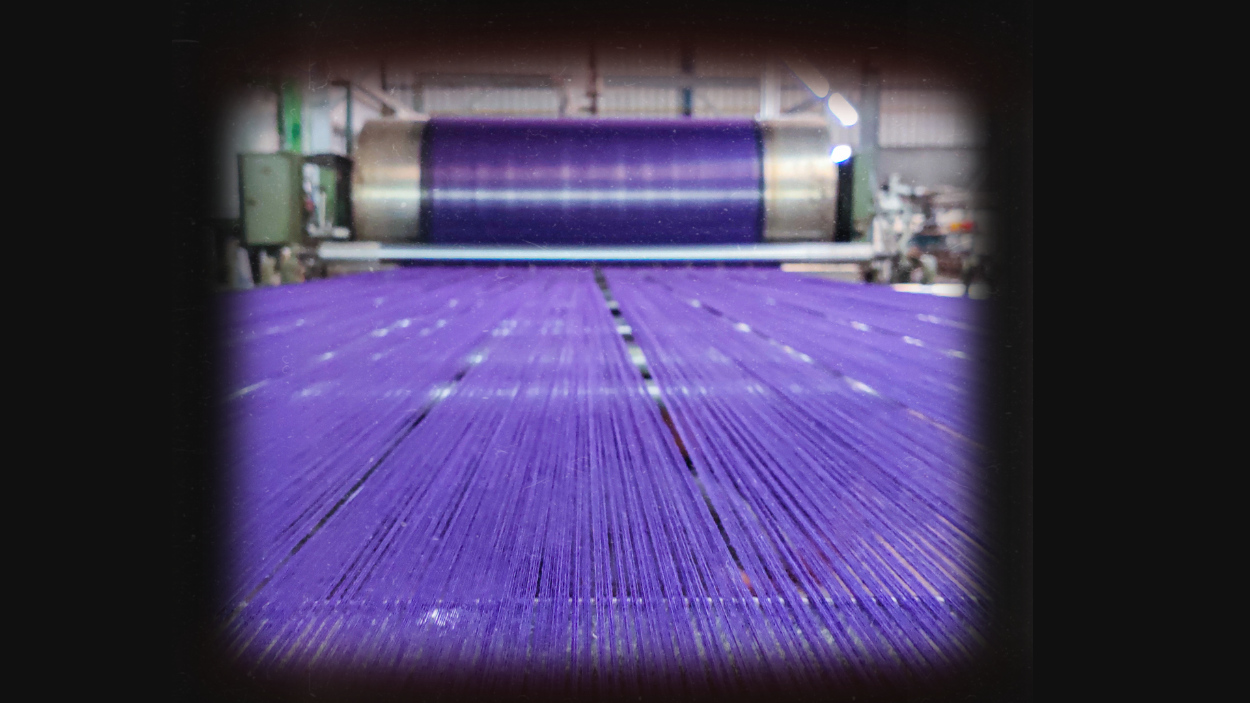
But what is still missing is deeper coordination between brands, tech providers, and manufacturers to ensure that digitization benefits the whole ecosystem, not just its upper crust.
As a result, forward-looking factories are using automation not to replace their current workforce, but to augment it. Programs like the ILO’s GEAR initiative have helped train and promote hundreds of female line leaders in just a few years, highlighting how automation can open new pathways for skilled work rather than displacing it altogether.
At the same time, the broader HR transformation post-Rana Plaza has laid the groundwork for a more professionalized workforce, one better prepared to adapt to tech-enabled roles, thanks to reforms in training, grievance systems, and internal management structures. Global brands including H&M, VF Corporation, Inditex and Lululemon have played a critical role, not only by raising expectations but also by directly supporting factory-level improvements through training, compliance partnerships, and capacity-building programs.
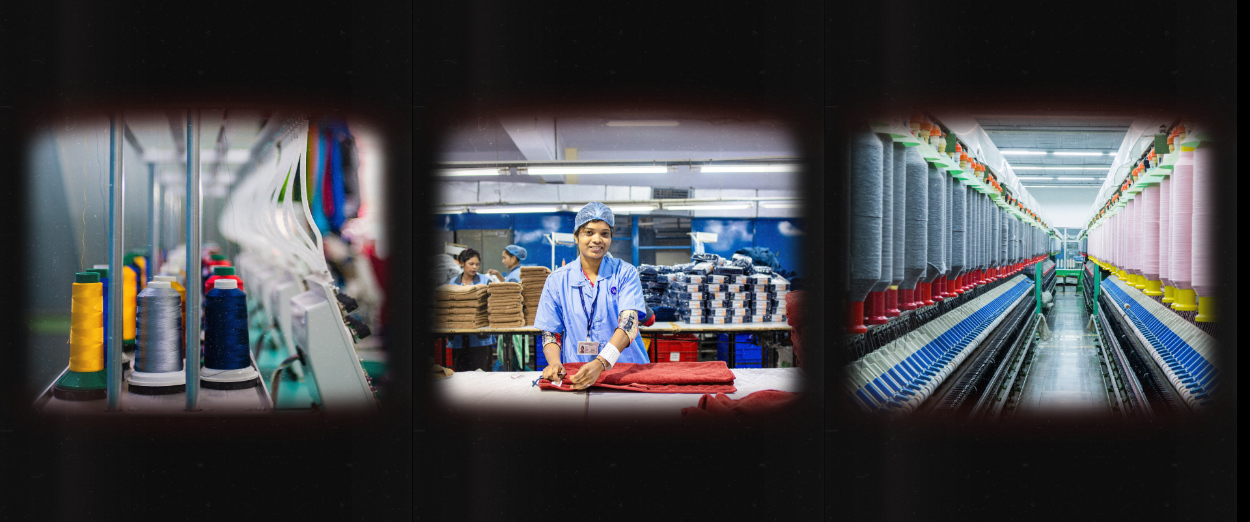
Barriers remain, including access to capital and technical expertise, which is uneven across the sector. Many mid-tier factories are still hesitant to adopt automation without clearer ROI models or co-financing from brand partners. Infrastructure, particularly power and broadband, also continues to limit full-scale digital integration.
But global buyers have a real opportunity here to shape the trajectory: by purchasing from Bangladesh, they can help invest in technology pilots, upskilling programs, and shared digital platforms that lift the base, not just the best.
Bangladesh’s size and demographic advantages make it a compelling test case for how automation can be applied not just in high-tech, high-cost economies, but at scale in the Global South. With over 100 million people in the country’s total workforce, many of whom are looking to enter the formal economy through improved educational access, Bangladesh outstrips competing countries in the sheer scale of its untapped human capital.
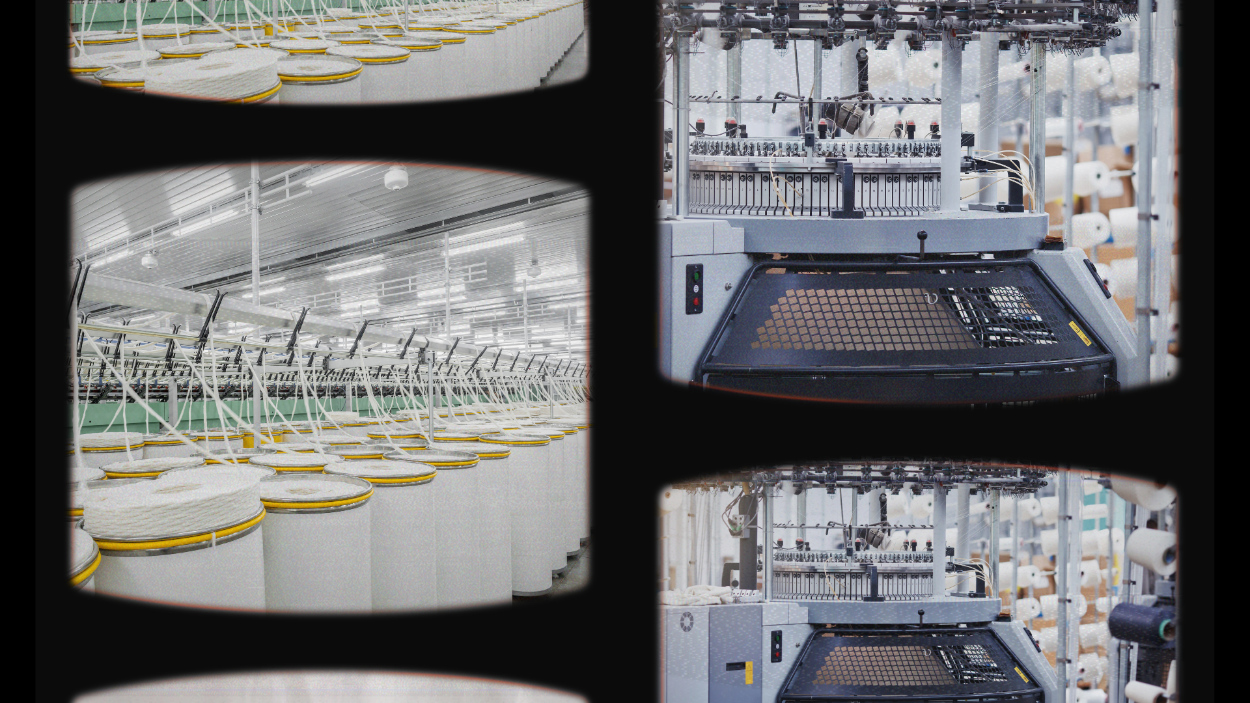
The Bangladesh Garment Manufacturers and Exporters Association (BGMEA) is working to maximize this advantage. Under the leadership of former President Rubana Huq, the association made a widely praised appeal to global buyers during the COVID-19 crisis. BGMEA has also partnered with the Asian University for Women to fund higher education for factory workers – without reducing their wages.
This is not to say the transition will be seamless. But it does mean that Bangladesh is one of the few sourcing hubs where automation isn’t a distant dream, it’s a live experiment with global implications.
